Leaderboard
Popular Content
Showing content with the highest reputation on 05/13/2018 in all areas
-
I had intended to go to the beach today...easy and relaxing digging is just so irresistible. Last night I had readied the Equinox 800, CTX and beach scoop in my shop in preparation. During the night as I slept voices kept telling me "Screw the stupid beach and take the Equinox to the foot hills and try it out in some real dirt" Gold nuggets and relics were calling for some reason. I didn't expect to find much...mostly lead bullets etc.... maybe a Chinese coin if I was lucky. And to tell the truth I was not in the mood to dig bird shot today so I hunted mostly in field 2 and Park 2 I put the 800 in gold mode 2 for maybe 5 minutes then switched back. First came the Chinese coin...nice to get one intact...I'd dug one in pieces a few minutes earlier. Then I decided to hunt some tailing piles and I was elated to get the powder flask...an hour or so later I was hunting near a creek so I could retrieve an ax head I had dug last year and left it on a fallen tree. A solid 12 on the equinox...at first I thought I had a small gold coin due to the serrated edge... But hey i'll take a gold ring any day. This sucker is old...the Chinese mined this place and I have yet to find any silver coins here. There are gold nuggets few and far between plus the place is riddled with lead shot of all shapes and sizes. Grass was tall which made for challenging hunting. The ring came from the other side of the creek near the tree in the middle. Good luck and HH! Park 2, Auto GB, Sens 22, reactivity 6, iron bias 0 I had to auto GB often due to soil. Pic with the Sierra is a toast to the old timer before I covered the hole strick12 points
-
Had to go over to Monterey the end of March to help my relations move some things back to Wyoming and since the weather was just great at the time on the way home i made time for a day trip to do some detecting with the GB pro and managed a few small ones,all found detecting bedrock cracks and crevices.5 points
-
We just went through a few years on constant releases of new prospecting detectors. And now the flood has subsided, with almost nothing on the horizon. There is the “any moment now” Makro Gold Kruzer, running at 61 kHz and waterproof to 15 feet. After that however it gets pretty thin. First Texas has new detectors in the works, but nothing rumored that is aimed specifically at prospecting this year, but maybe later. Right now a PI beach detector appears to be up next. Garrett - maybe they are working on it but personally I have given up waiting on a lighter weight ATX. Tesoro - nothing going to happen there obviously. Minelab still “owes” us GPZ owners a smaller coil but with Equinox occupying all their efforts....? Nok/Mak outside of the Gold Kruzer has been working on a PI for years, but absolutely no hints on it getting any closer to market. XP I thought might bring a version of the low cost DPR 600 to first world markets but no sign of it happening. And White’s? Who knows. Maybe we will see a repackaged GMT but the shine has worn off of repackaged detectors these days. Long story short is it often takes new detectors to stir up activity on forums. For now at least the future is looking pretty quiet. The good news is we can just focus on using what we already have to best effect without being tempted or distracted by new shiny toys!5 points
-
Well Steve I have read all of your links to the gold prospecting of yours in Alaska and I am truly fascinated by your expeditions pulling out the gold nuggets and I was so intrigued I was imagining I was there alongside you. Your experience in this gold prospecting is very reminiscent to my hoard hunting and ancient artifact hunting here in the UK. Here below is one of my ancient finds which is published in this months Searcher Magazine it is an Iron Age Harness Fitting and this object gives me the same buzz as what you get with your gold nugget finds, this find is the only one of this type ever recorded.5 points
-
The finds you blokes make are truly amazing - thanks for showing that Randy! My problem in the U.K. was that I often had no idea how good a find was until later when it got identified. No problem there when you dig a big gold nugget up! Steve’s 2013 Alaska Gold Adventure3 points
-
High Bear, ordered mine last Wendsday showed up Thursday. AMDS is slow? Whent up to the claim yesterday to check my dredge, water flow jumped overnight and blew my plans to dredge but I did tote the EQX along and got a short hunt in to check the prospecting mode. Not much for it biut was hitting some sub gram stuf in the 40 KH mode really well. Good luck.3 points
-
Got my E-800 back from Minelab and hope the 3rd time is a charm. For anyone questioning Minelab customer service. DON'T! Minelab customer service is 2nd to none.They fix or replace your detector in 2 days or less and I am certain that depends on their workload but both times my detector has been sent it they were sending it back the next day or day after. I am headed out for a cpl hours this morning wearing my new Equinox T-shirt and I am sure if other people detecting see me they will run when they see I swing an Equinox..LOL I was gone all week so only hunted one day with my 600 even though I like it I had my 800 tuned better and now I have to start from scratch with my 800. There really is very little difference other than the gold feature and a cpl other settings but I think psychologically I find more with the 800 but then again I have 130+ hours on the 800 and maybe 15 hours on the 600. Going to a heavily hunted area this morning that I know produces good finds. I just know not to expect much. I have to get out of the house before the wife wakes up. Taking her to dinner today for Mothers Day so I want to get some hunting in before I take her to dinner.2 points
-
heck yeah buddy! Great hunt. I have found that same flask. I actually just got the powder flask book, I will try to remember to look it up and pass on the info...just too tired at the moment. The ring is fantastic! Bet that got the heart beating!2 points
-
Hi All, I like H.Glenn Carson's books. I like the way he tries to get you into the right mindset for what you are hunting for. I wrote this little article several years ago kind of along his view of trying to get you to think rather than just telling you where to go. I find it helps you to own the information. Maybe some will find it helpful. HH Mike So you want to find gold with a metal detector? There are three forms of gold you can find with a metal detector; gold coins, gold nuggets and gold jewelry. I’m going to focus on gold jewelry, and further refine that focus to just gold jewelry found at inland sites, like parks, schools, athletic fields and play grounds. Tip number one: You hunt gold jewelry with your mind. Next time you are out and about, take a look at what type of jewelry people are wearing. What do you see? Who is wearing the gold? What type and size of gold is being worn? What part of the body is it being worn on? Almost everybody is wearing some type of gold jewelry. It may be in the form of a chain around a neck or wrist, to a ring on a finger, to an earring in the ear, but nearly everyone is wearing something. Married couples have wedding bands. Most post adolescent girls, young ladies and women are wearing multiple rings and often bracelets of some sort. The high school and college graduates are wearing class rings. Both female and males are often wearing gold chains. The males often just wear a chain, while the females often wear a chain with a pendant attached to it. You’ll even see ankle bracelets and toe rings. You will notice some cultures wear more than others. Some cultures will wear more and larger gold jewelry. But there are more things to look for than just culture. Pay attention to life style as well. For example the hip hop and rap lifestyles tend to wear bigger and larger jewelry. Can you say Bling Bling? What type and size of gold? The smallest gold is often worn in the ears. Little round studs and small designs, sometimes with stones. Various size loops. Often it is hard to tell but maybe you can notice what type of backing is used to hold them on. Probably easier to look at the women in your own life or visit a jewelry store or the jewelry counter at a big box store and learn about the different types and styles of making earrings stay in your ears. While you are there, study the clasps of chains and bracelets and the various sizes of rings. The girls/women wear the small diameter rings, ring sets, and often they will contain stones. The women will also wear the small gold bracelets, sometime with pendants, sometimes with stones, and small diameter chains, often with pendants. The men will wear the larger rings and the larger chains, and as mentioned above, certain cultures and lifestyles will wear even larger than normal gold. I was in a gold buyers shop a few months back and I saw a gentleman in there that had to have had at least $5,000 dollars worth of gold chain around his neck. Big links in the chains with big pendants in the shape of initials. He wasn’t selling, he was buying. So you have spent some time studying people and the jewelry they wear. And you have made the trip the jewelry counter or store and looked at how they are designed to stay on the body part they are intended to be wore on. You have seen the various earring retention systems; you have looked at the clasps of chains and bracelets. You have noticed the styles and sizes of rings. The next question is, “How is the jewelry separated from its respective body part?” That is a very good question. How do the earrings get out of the ears? How do the chains get off the neck? How do the rings come off the fingers? There are only two answers to that question. 1) They are taken off by the owner on purpose, or 2) They are accidently dislodged somehow. Let’s look at these individually. The first reason identified for jewelry separating from its respective body part was that it is taken off by the wearer on purpose. What is going to cause someone to remove a piece of jewelry? When I was young I remember my mom and grandmother taking off their wedding bands and placing them on the window sill before they did the dishes. Why? The main reason, of course, is for safe keeping. The item is removed so that it wouldn’t get lost or damaged. Let’s take that same thought pattern outside. So now we are outside. Folks are taking their jewelry off for safe keeping but where do they put it? Where is the first place you would put your ring if you took it off for safe keeping? In your pocket of course! What if you didn’t have a pocket? You’d give it to someone else who did have a pocket, or you’d put it somewhere you were pretty sure it would be safe. Somewhere you were confident you wouldn’t lose it, most likely with other stuff that you had to do the same thing with, or you would put it into something else, like a bag you brought with you. The second reason identified for jewelry separating from its owner is by it being accidently dislodged. Let’s think about that. What type of activity does it take to dislodge something that is designed to stay on your body unless you purposely remove it? Let’s use a men’s ring for an example. What type of activity does a man need to be involved in to lose his ring? He either has to have his hand in something that could potentially remove his ring when he removed his hand, or he had to engage in some sort of activity that would cause the ring to leave his finger. What would cause a chain to be dislodged from around a neck? The clasp has to either come open unexpectedly or the chain has to be caught in something that causes it to break. What would cause an earring to leave an ear? It has to lose its fastener, or be caught in something that would pull it from the ear, or both. How is something that is placed in a pocket or bag for safe keeping accidently leave its place of safe keeping? It has to fall out or be spilled out, or be accidently pulled out. Tip number two: Gold has to be hidden from eyesight for us to find it. How come when a piece of jewelry is lost the owner of the jewelry didn’t recover the lost piece? There are only two answers to this question. 1) They either didn’t know they had lost it, and/or, 2) It was lost in some type of media that could hide it from their eyes. There was something that prevented it from being found by only looking for it with their eyes. It could be sand, woodchips, gravel, grass, trash, leaves, anything that once something is dropped onto it or into it that makes it difficult to find with just your eyesight. Tip number three: Learn the loss characteristics of the items you find. Seek the answer to the question, “Why did I find what I found where I found it?” Once you think you have the answer, validate it by hunting other areas where that loss characteristic could be repeated and see if you find jewelry there. A validated loss characteristic is more valuable than the jewelry find itself. A few examples where I have found something and identified the items loss characteristic(s): I found a nice herringbone style 14kt gold chain on an athletic field. It was intact and the clasp was attached to its respective counterpart. The guy would have had to lose his head in order to lose the chain. But here it was down in the grass and there was no severed head with it. So how did it get there? This is an example of an item that was taken off for safekeeping and then lost. It wasn’t torn off, or flew off over his head, this had to come out of a pocket or bag, and I believe it was from a pocket as it wasn’t in a location where bags and such are normally staged. So what activity would normally take place where I found the chain that would cause it to come out of a pocket? Since it was a soccer field, I deduce it was something to do with running or perhaps falling down. I have found many items on athletic fields that were originally placed into a pocket or bag for safe keeping that was then subsequently lost. I found a little 10kt gold chain and pendant with a broken chain in the sand at a school playground. It was quite obvious from the broken chain that it had been torn from a child’s neck in some type of play activity. From the equipment around the find, along with subsequent chain finds in the same area around that equipment I deduce it is a great area for games of tag or some such activity as all the chains I found in that area have been broken. (a validated loss characteristic) I found a nice 14kt gold wedding band with three .20 carat diamonds mounted on it about five inches deep in some woodchips. Studying the situation, it was easy to see that a parent had been sitting on the curbing around the play ground, leaning back with their fingers buried in the loose wood chips watching their children play in the adjoining playground. When they removed their hands from the woodchips the ring was left behind and the parent either didn’t notice the ring was gone or noticed it but couldn’t find it. (validated loss characteristic) I found a nice wide wedding band near a goal post on a soccer field. It had obviously been left for safe keeping in that location, either with other possessions, or by itself and was either not recovered or fell out of a bag when the other possessions were recovered and hidden by the grass. (validated loss characteristic). Ok. So you have figured out the most likely reason a piece of jewelry was lost. Now what? Once it is understood why or how a particular item was lost, the next step is to seek out places where that particular loss characteristic can be repeated. Tip number four: Don’t dig trash, dig gold trash. Gold jewelry is a low conductive target on a metal detector and is found in the same range as aluminum trash. It is often a small target. Remember all those earrings and chains and rings and bracelets you saw at the jewelry counter? Small, low conductive objects that hide in the aluminum trash range can be tedious and hard to find. Even more so if you have to factor in ground minerals that can skew or even hide the signal of the jewelry item. So let’s think about that; small valuable targets mixed in with small aluminum trash that produces the same type readings on your metal detector. That means that to find the gold jewelry you will also have to sort through the trash. Doesn’t sound very promising, does it? Am I saying that to find the gold you have to dig it all? Nope. That is not what I am saying at all. What I am saying is that to find gold jewelry you have to dig all targets that have the highest probability of being gold. Now there are sites like woodchip and sand playground areas where you will want to recover every signal. But to do the same thing in a high use grassy park, athletic field or playground, trying to recover every signal is counterproductive. From your visit to the jewelry counter, you may have noticed that some of the chains have quite a bit of weight to them. A nice gold chain is a good find! Good money! So off I go to hunt chains. I’ve already used my mind, located a promising turf spot to hunt for chains and start digging all the pull tab signals. Hours later I have a hundred plus pull tabs, but no gold chains. Why? I was digging the wrong signals. Pull tabs would be the right targets to recover if I were hunting large rings, but worthless targets to recover if I am hunting gold chains. Especially so if you were in a site that you were confident would produce chains but not large rings. Get the picture? Let’s look at it a little differently. Let’s say that I get to my chain site and start digging all the signals. Now I have a chance to find a chain if it is there, but because I am digging everything I make very little progress on my site coverage, using up energy and time on non-chain targets. I have essentially cut done on my odds of actually finding the target I went out to find. To have the best odds of finding that gold chain I went looking for, I need to focus on signals that could actually be a gold chain and only recover those signals that could actually be a gold chain. Which leads to: Tip number five: the more ground you cover, the better your odds of recovering what you are looking for. By focusing only on the signal I’m after I can cover more ground and increase my odds of actually finding my desired object, which in this example is a gold chain. Tip number six: Gold is where you find it. Gold prospectors have a saying, “gold is where you find it.” That means that you hunt gold where it has been found in the past. Believe it or not, that same saying is true for jewelry. The characteristics that cause a piece of jewelry to be lost and hidden for you to find it with a metal detector are apt to be repeated again and again in the same location. When a gold prospector finds one nugget, he hunts the area carefully again, hoping to find another. When he does find another nugget in the same vicinity, it is called a “nugget patch”. As inland jewelry hunters we, too, are looking for a “patch”. In our case, a patch is a site or location where a particular loss characteristic can repeated again and again. We are not looking so much for that random find but rather that site location where that loss can be repeated again and again. That is a “patch” for a jewelry hunter. A successful jewelry hunter locates patches and then hunts his patches. Many of my jewelry items have come from the same locations that I have hunted again and again, another words, I have found them in my “patches”. Tip number seven: Hunt clad (modern coins) to improve your site reading skills. You say, “Well Mike that is all well and good for you. You have been doing this for a while now and know where to look. What about those of us which are new to the hobby, or maybe coming over to inland jewelry hunting from hunting relics or old coins?” My answer to you is to ‘hunt clad’. Sounds counter intuitive to hunt clad to find gold, but it’s not. Just like the relic hunter hunts for the iron to find the hot spots, so the inland jewelry hunter hunts clad to find the hot spots in parks, athletic fields and school playgrounds. Remember, unlike relics or old coins, jewelry is lost on a daily basis, just like modern clad coins, and often for the same reason. Clad will validate your site reading skills. Recovering the gold: The equipment. If you are going to focus on inland jewelry hunting with a metal detector there are certain features that make it easier to find. Just like any tool, the more appropriate the tool to the task, the easier the task becomes. Working on your car is much easier and efficient with a socket wrench set as compared to having only a pair of vise grips. You could still get the job done with the vise grips in many cases but it would be a tedious and tiring affair. The same thing can apply when it comes to your jewelry hunting tools. You can find jewelry with any metal detector, but it is easier if the metal detector has certain features. The first feature your detector needs is the ability to focus your attention onto your desired target signals. The easiest way to do this is with tone ID. Tone id allows you to discriminate the audio signals with your ears. If you are hunting ladies rings, you have to be able to tell the foil signals apart from all the other responses. Tone Id allows you to do this fast and easily. The better you can focus the tone id onto a certain conductivity range, the better the detector will function for jewelry hunting. A second, and a complimentary feature to tone id is Notch Discrimination. Notch Discrimination is the ability to discriminate out (or in) a range of target signals independent of the base discrimination setting. Again, focus is the key. The more you are focused on the desired signals, the more of the proper signals you will recover for the amount of area searched and the greater will be your success. The third feature is sensitivity to small low conductors. Traditionally this has been accomplished by using higher frequencies units, and is still preferred; however there are some machines on the market today that can give the needed sensitivity with lower frequencies than has been used in the past. Still, the bottom line is that your detector needs to be able to put out some heat on the lower conductive targets. The forth feature is recovery speed. How fast the machine resets after reporting so that you can hear the next target. This is important as the objects you are looking for are lying next to, below, or above other objects that you are not looking for. And they are small. My first gold jewelry find was two gold rings on a large paper clip. The paper clip response nearly completely masked the ring responses but the Fisher CoinStrike I was using at that time had a fast enough response speed that I was able to hear them as distinct, separate signals. I consider those the four most important features a metal detector needs to be a useful gold jewelry hunter. If you live in an area where the ground minerals are influential on signal responses like I do then you have to include ground cancelling features. There are other factors that can make one machine better than another like visual signal presentations, coil selections and such like. But as long as you have a unit that is fairly quick responding and will let you focus on a desired signal and put some heat on it, you are good to go. HH Mike Hillis1 point
-
I was wondering if anyone would want to share pictures of there display cases, not so much shadow boxes but anyone with larger display cases. I love old and nice ones so thought it would be cool to see some...ive got one i pulled out of a general store that opened in the 1930s and been working on it for awhile getting it cleaned up, also have a smaller one that i literally seen in a junk pile on the side of the road that ive been working on replacing rotten wood and for sum reason they lined the inside with wallpaper so been cleaning that up to.. i found the smaller one and amazingly the old glass didnt even have a crack in it..1 point
-
Lunk or someone I'm sure will be doing a comparison between the Gold Master 1000 and the Equinox 800 for hunting Meteorites. Looking forward to that comparison to determine whether I want to add the GM1000 primarily for Meteorite hunting while keeping the 600 and 800 for more general purposes.1 point
-
Today i took the Nox out again and only the Nox "mistake" ! I went to the beach at around 12 noon so i could work the tide out then do the tops for the fresh losses and i am sure there would have been some . The machine behaved mostly lower down the beach between the tides where i found all the finds for today . I didn't have any gems this time , considering the conditions of the beach i am surprised . It looked good . But like i said it was a mistake to only take the Nox , normally i would take the Terra and change the machines over on the Anderson shaft. When i tried to use the Nox on the dry tops like the last trip i had nothing but interference from something . Maybe EMI from the clubs again or maybe mobile phones ?? plenty of people using them on the beach today . It got so bad that the headphones kept tripping out and the machines main speaker would go on , then the machine would just go silent like when the ET or Explorer's would nul on a target of Iron or something . I noise cancelled several times but it made no difference at all. So i gave up at around 4pm and headed home . My finds for today were £15.03p and 2 foreign coins . It is an understatement to say how bad the conditions of the beaches i search are , and many think i am being negative . I'm not . From now i will only take the Nox out with the Terra 705 , it will mean more weight in the rucksack but its the only way to make sure i have a machine for all areas of the beaches i do . The Nox works in the water and up to the ridge where it gets level with the tops but on the tops its hopeless . I will have to visit another beach elsewhere at some point . Tomorrow i am thinking using the ET so i can go on the tops and do a little in the tidals too , on that beach that and the Explorer 11 are the only machines i have that can do all areas without trouble . Except for some nulling on Iron and bonfire markings , that will be early in the morning at 5am till 10am if i go . Tuesday is a definite due to 6 days working after that. Very frustrating !1 point
-
1 point
-
Be careful what you wish for. Equinox is very high gain and that leads to increased susceptibility to EMI. Reducing its susceptibility to EMI will not come without a resultant lessening of sensitivity to desired targets, especially smaller targets and the deepest targets. There is no free lunch. Since Multi-IQ is receiving multiple frequencies it is more susceptible to EMI. Terry is right in that the single frequency options offer some relief in many areas. In general, low frequencies receive more undesired signals than higher frequencies, and if you flip through them 5 kHz is often the main culprit. 20 kHz on the other hand is usually very quiet by comparison.1 point
-
Yesterday under the power lines I had my cell phone with me. These are the large transmission lines that keep the grid working. I think now about my area of the beach I have a problem there are also large pumps running some of the time but all of that does not matter. What matters is that it doesn't work THERE and another machine can ignore that EMI and do better. I don't have an issue with my one location with EMI and the 3030. The Minelab engineers should respond to some of this.1 point
-
I have noticed the NOX is sensitive to EMI. The beach can be a problem up on the dry sand, but I usually go into 10kHz in the dry sand, and that usually clears up most of it. Have you tried this?1 point
-
I did ask Minelab several weeks ago, and the tech support does not have an opinion regarding this. I am not sure what is wrong with meterorites as targets, and why metal detector manufactures are ignoring these items. It is up to users to purchase detectors and testing them. There is so much mumbo-jumbo and little actual information.1 point
-
Cool finds, strick! Any idea on the age of the ring? I assume it wasn't left by the miners. Really like that powder flask. Figured you wouldn't give the SN ale crown cap any publicity by including it in the pic. ?1 point
-
Well done on the find, that is an amazing piece of history. I know the buzz that a find of that age gives as I once found an awl from the Great Lakes copper culture period.1 point
-
1 point
-
I will do that comparison, but I'm afraid it will have to wait until next winter when I'll be back in Arizona.1 point
-
Hi Dave Hope all is well. I like your species and that bigger one makes me laugh every time I see.itooks great but funny only that tiny bit of gold there. Hope you find some full of it. Take care hope to see you soon. GoldEn1 point
-
Hi Strick… that’s a good assortment of finds with your Equinox 800, particularly what may be an antique gold ring, powder flask, and Chinese coin. You might not have done so well at the beach as things stand, which just goes to show that sometimes it pays to follow your instincts or inclination. The Chinese coin is an unusual find over here in central Ontario, but we do infrequently find them in older parks and schoolyards, and former picnic groves. They tend to be in fairly good condition compared to older copper coin finds, but that is probably due to a different alloy composition and / or soil chemistry here. Thanks for sharing your outing and those just excellent photos with us!!! WTG Jim.1 point
-
1 point
-
Purchased from: Fort Bedford Metal Detectors 190 Oak Shade Road Alum Bank, PA 15521 Phone - 814-215-1732 email - sales@fortbedfordmetaldetectors.com Keith Leppert Keith wanted me to be sure to mention they only got a few on this order, They are trickling in like the detectors. He would love to fill everyone's order but unfortunately only got a small amount.... other dealers "may" have some so if Keith doesn't have anymore it may pay to check around. Good luck Cliff1 point
-
Are you a dealer or tester? because it doesn’t seem normal people can get these anywhere.1 point
-
Great looking pieces! That looks far over 1.7 grams, although I guess your scale could be smaller than mine and skew perspective. ?1 point
-
I don’t know Mitchel, I never found a nugget in a tailing pile by chance. Every one took a plan and hard work. Does the Equinox “have an advantage”? How, and compared to what? Compared to my GPZ 7000 with 19” coil the Equinox is far lighter, far less expensive, and has much better discrimination. Yet the GPZ 7000 with 19” coil will punch far deeper. I am going hunting tailing piles tomorrow, which would I use? That depends on many factors, and at the end of the day is purely a judgement call. Lots of riddles, not many answers. Maybe when you find out more about the specimen that is the subject of this thread it will provide some insight.1 point
-
Couple of things that need to be thought about with any auto GB but more so with the GPZ. An edge of detection target will present itself to the detectors electronics as potential ground noise so the Auto GB is going to mess with it somewhat, this is why I always move away from a potential signal response onto clean ground, center the GB under the coil, and then get the GB averaged again by carefully sweeping before moving slowly back in over the target zone. In the case of the GPZ and why you should use Semi-Auto GB over Manual (I'll discuss the differences between Auto and Semi-auto below), the GPZ has a dual receive coil design (super D or DOD as some like to call it), this coil design is difficult to make because the two receive windings have to be kept in phase, you the operator can easily throw the coil out of phase through poor coil control. Out of Phase means that one receive winding is generating a different response compared to the other. If you are working variable ground where the GB is very active the interchange between different GB scenarios can cause a tonal break in the threshold as one winding passes into the new GB scenario while the other receive winding is still in the old scenario, this interchange is heralded by a target like signal response which usually the Semi-Auto GB quickly deals with. If you are using anything less the Audio Smoothing OFF then you will generally not hear these small interchange responses as the filtering masks them along with faint edge of detection tonal target responses. If you use Manual GB those interchanges will sound very target like forcing the operator to either check them out or if the ground is really variable ignore them through attrition! Either way your technically blind while the interchange signal is in effect, using Manual the interchange response is much more aggressive and longer in duration forcing a compromised on what targets are investigated, effectively leaving quite a large amount of undetected ground. A thing to note, quite a lot of nugget signals are nested in those interchanges of mineralisation. The nugget in the FB video sounded like a broad very faint variable tonal response but experience has taught me to check these types of signals out, because I was originally in Semi-Auto GB the target response between the High/Low Low/High channels was interfering with the response, this caused the Lead In and Tail Out of the target to be extremely wide as the two channels fought each other, especially on the Tail Out (the only way I can describe this type of signal response effect is when two magnets are moved near each other with like poles, they repel each other). Setting the GB to Manual on similar ground nearby brought the target response more into the Low/High range focus allowing me to centralize the response and confirm it was indeed an edge of detection target. In this case the target turned into a deep 6 gram slug. 6 gram Nugget Dig Differences between Auto & Semi-Auto: Auto GB on the GPZ 7000 is doing 2 things at once, it is actively tracking the ground and at the same time is very slowly tracking any Ferrite like signals in the ground. Semi-Auto is only actively tracking the ground with the Ferrite balance being fixed. I do not like to use Auto in the majority of ground types in Australia as we have a lot of ground conditions that interfere with the active Ferrite balance, one is Salt and the other is Saturation. If you follow the normal Ferrite balance procedure in Auto mode and then encounter salty or saturable ground the Ferrite balance will drift away from optimum allowing Ferrite signals into the signal response (assuming there are Ferrite like signals there). These signals add to the threshold and ground noise potentially masking targets or in a worse case scenario sound like target signals that disappear. Semi Auto locks the Ferrite balance, so when you use the Quick-Trak button over the Ferrite the detector is actively looking for Ferrite like signals and trying to track them out (triggering the Quick Track button in any GB mode does this), when you release the button the detector locks the Ferrite balance so the only way any Ferrite like noise can get into the signal train is either through temperature changes or not having preformed a good Ferrite Balance in the first place. Hope this helps JP1 point
-
The GPZ7000 handles mineralization better then the 3000 is the short answer, but the 3000 is a very capable MD and bluntly if you`ve not done any good with it, you may be not applying it correctly in which case the GPZ7000 would not improve on that. Always the detector is a smaller % of the chance of success, the operator is the bigger % , just check out the successes some have with VLF MDs on this 4M. VLFs cannot handle mineralization anywhere near as good as the 3000 or the 7000. Tis the nature of gold detecting, if it was easy it`d be no challenge, all the best as it is a magic quest.1 point
-
One other feature is the speaker relegated to the top of the handle. My other pinpointers always seem to get mud in the speaker port on th side, causing a decrease in sound.No more toothpicks! Wayne1 point
-
Hey Norv, He's hard to understand under the best of circumstances, even for us. He comes from a part of the country where they have people who are their own uncle.1 point
-
You can edit but not remove posts. To have a classified post/thread removed, simply edit the original post and change the Tag (the little gray and red banner) from For Sale to SOLD! The ad will then be removed within a day or two. I like to leave the sold notice up for a short time so people who were looking know a sale was made instead of the item just disappearing. You may also PM me to request removal. Or change the title to say SOLD! Ads may be deleted by the admin after 90 days if no attempt is made to update them or otherwise indicate they are still active.1 point



.thumb.jpg.a9604472c3cce6d83a8d8fcc887e33bc.jpg)
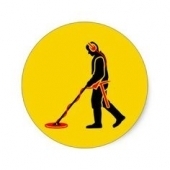

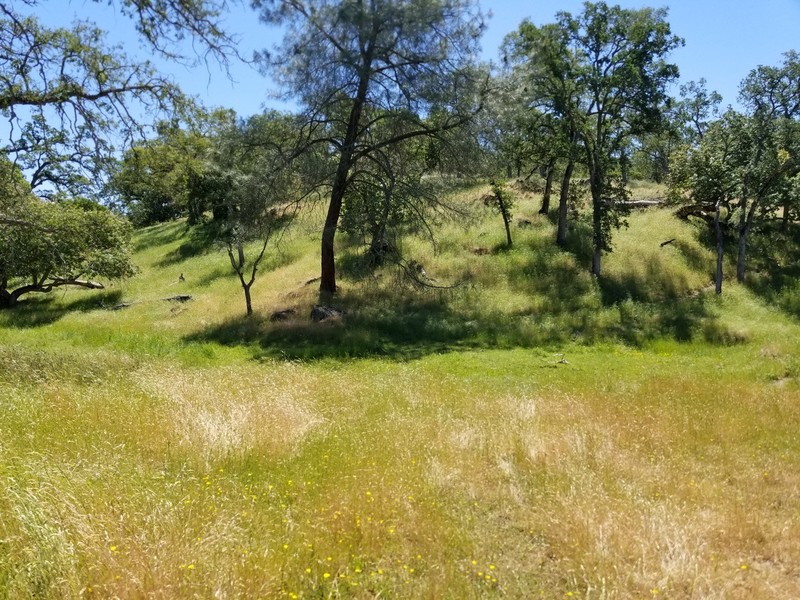
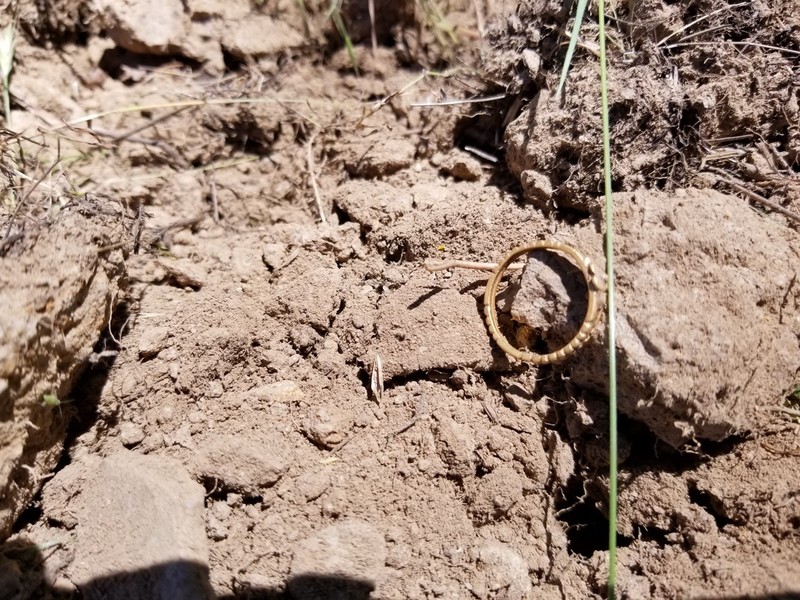
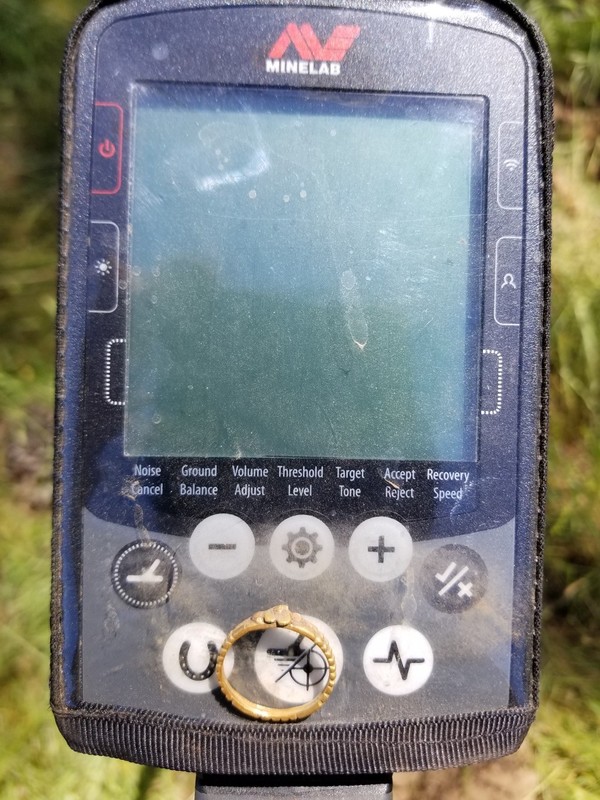
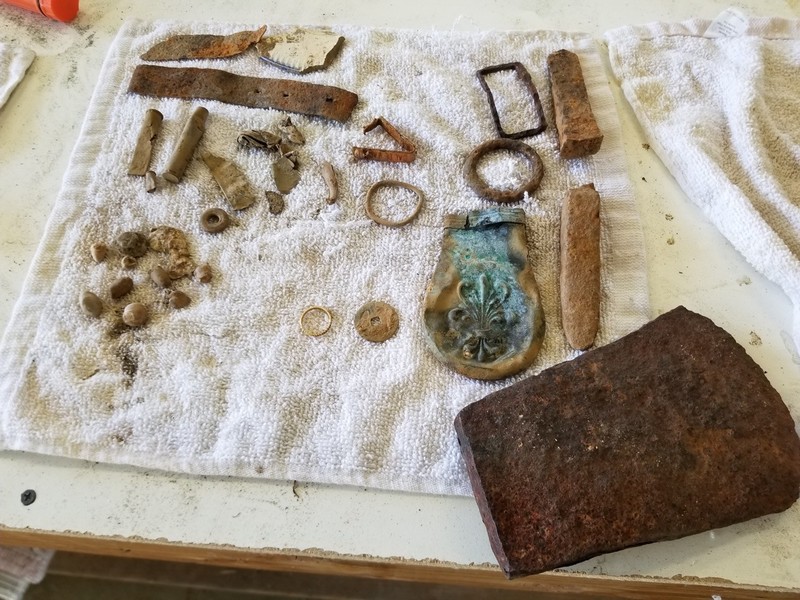
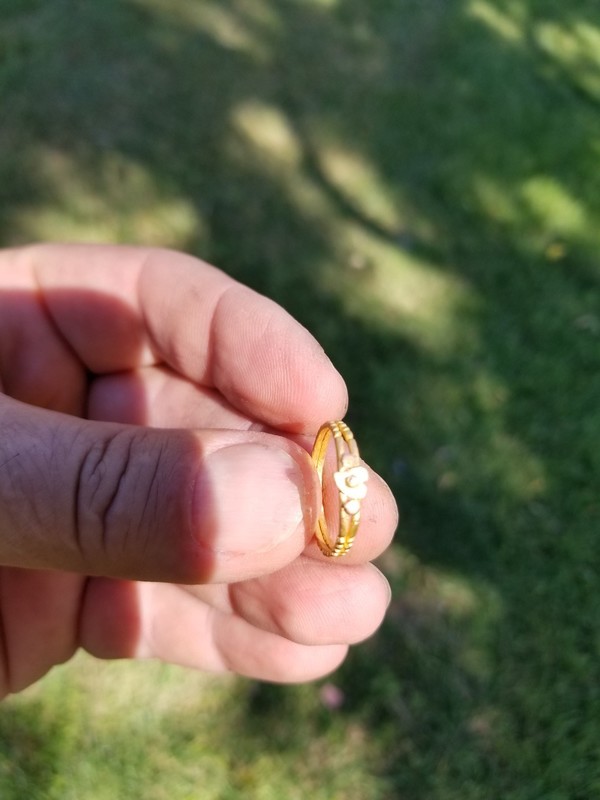
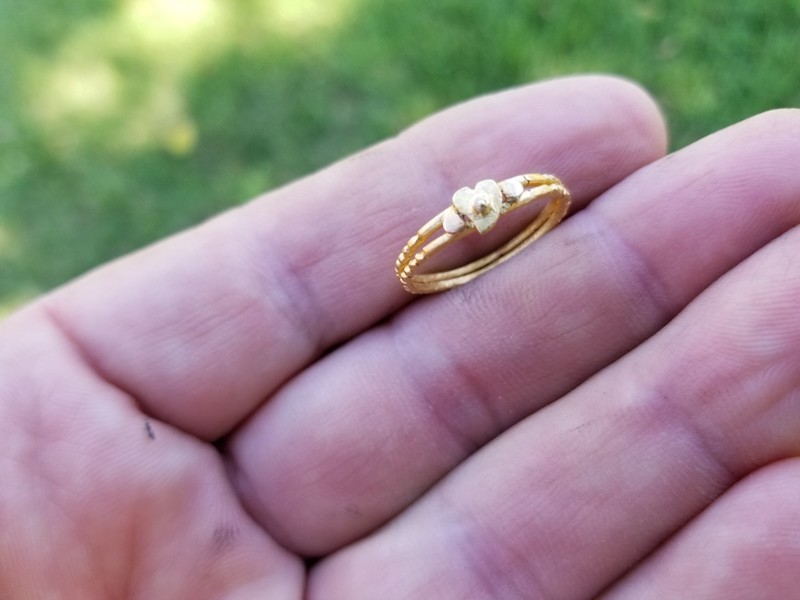
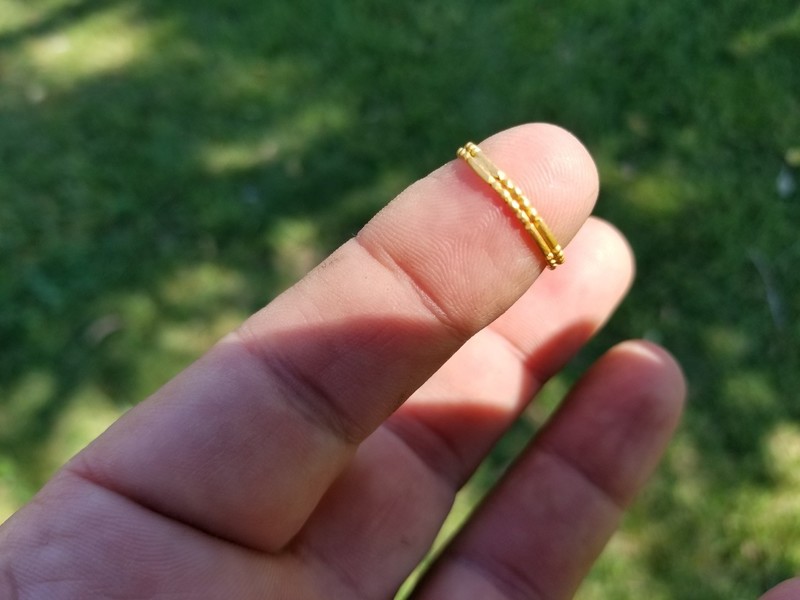
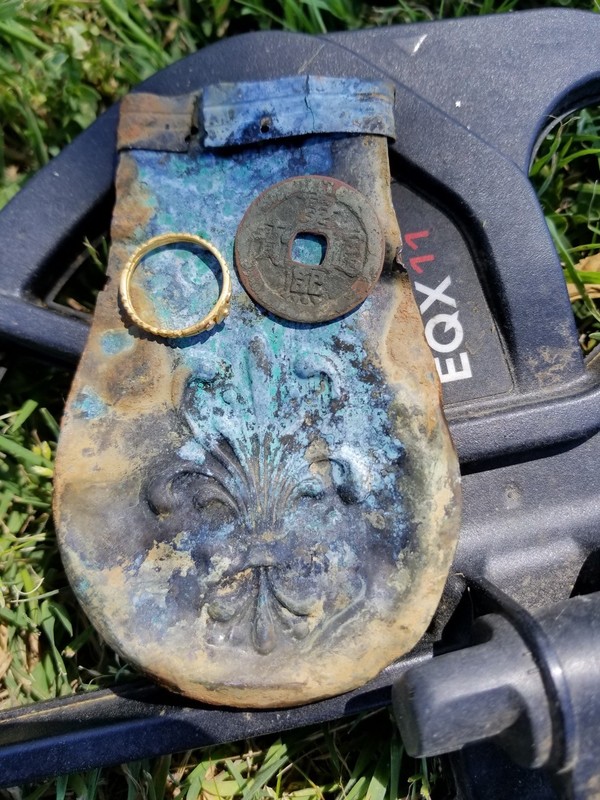
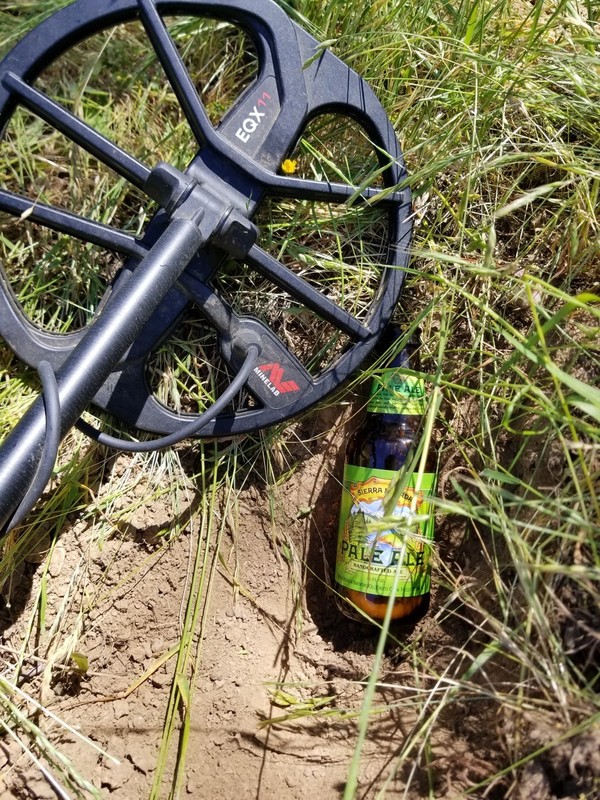
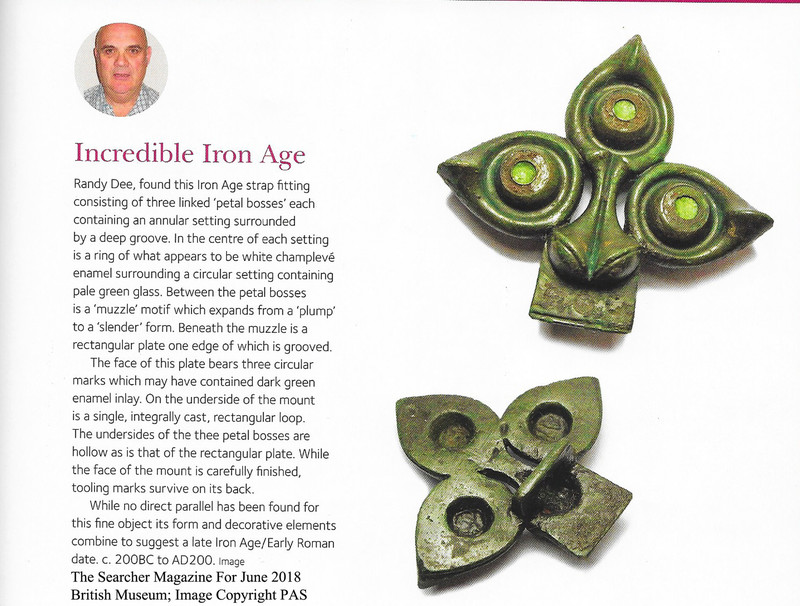
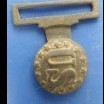
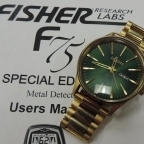

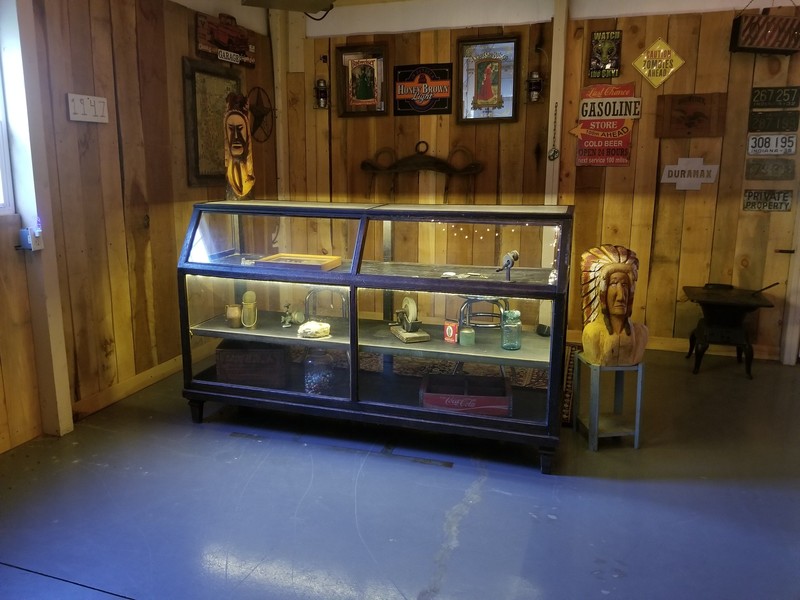
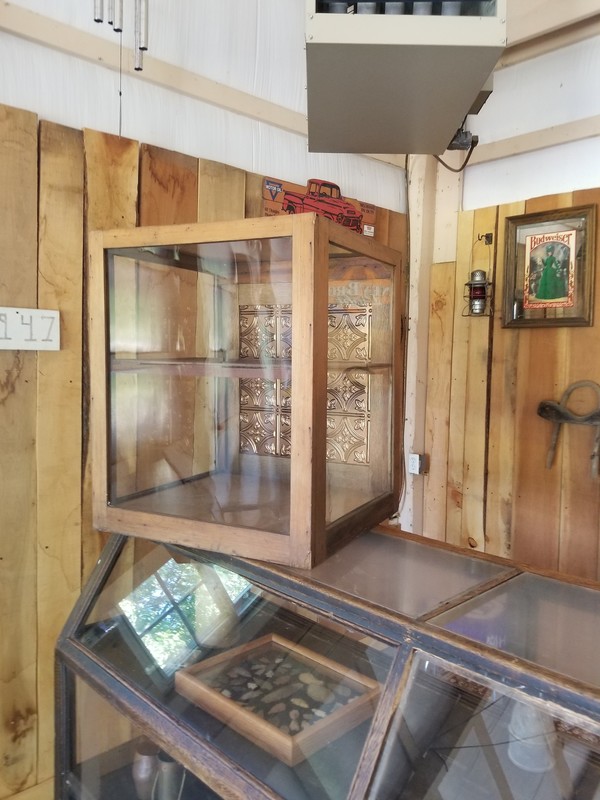
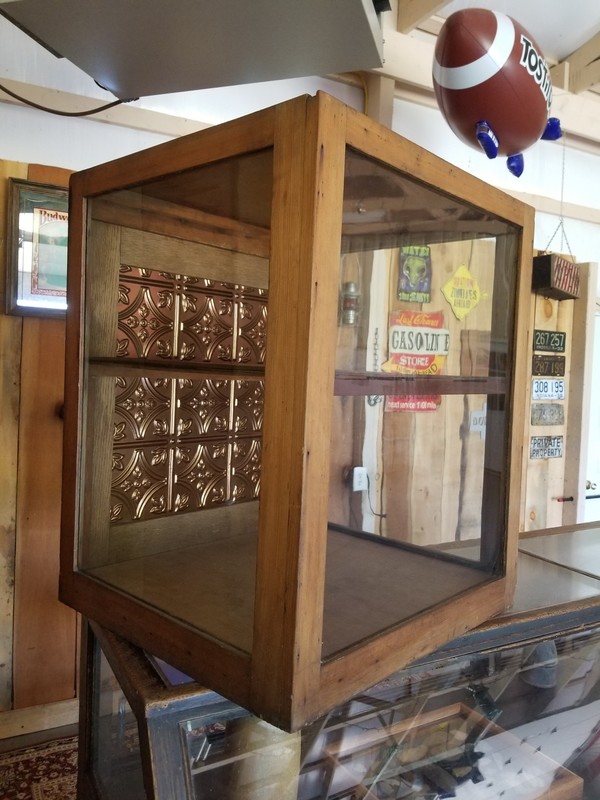
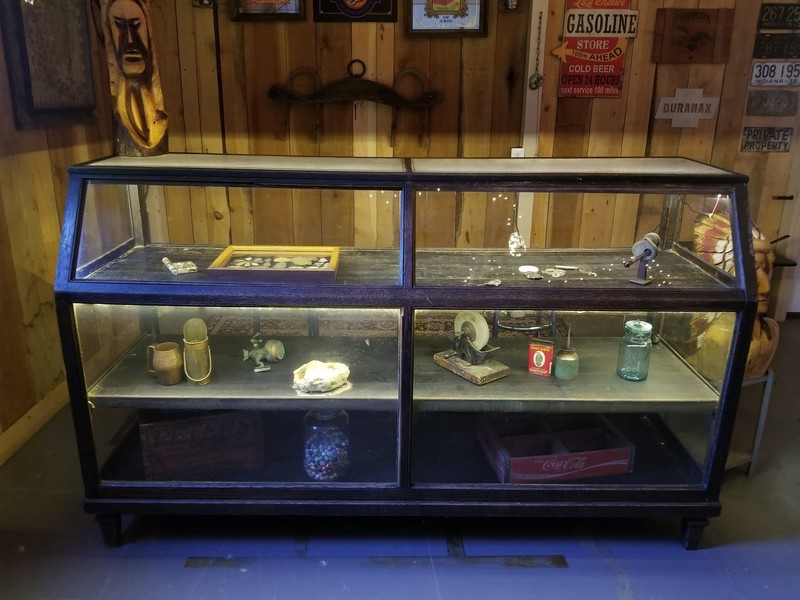
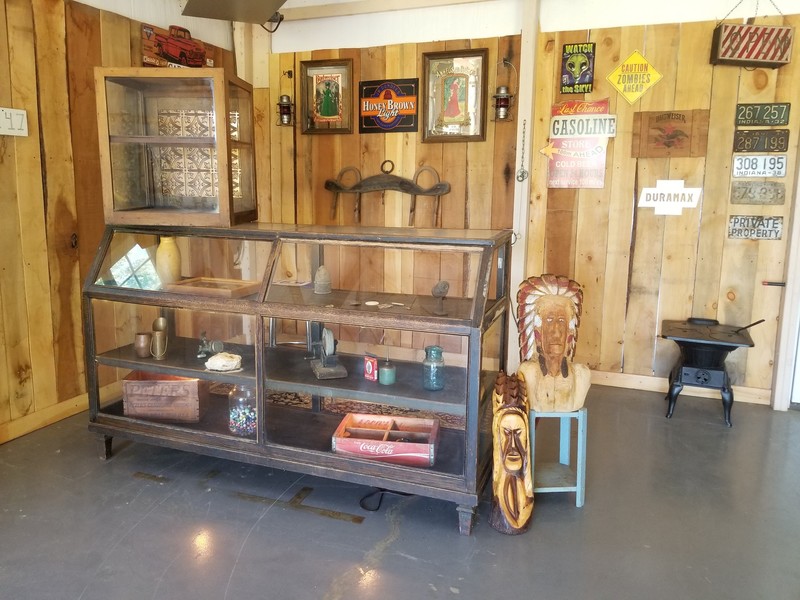
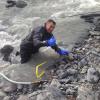
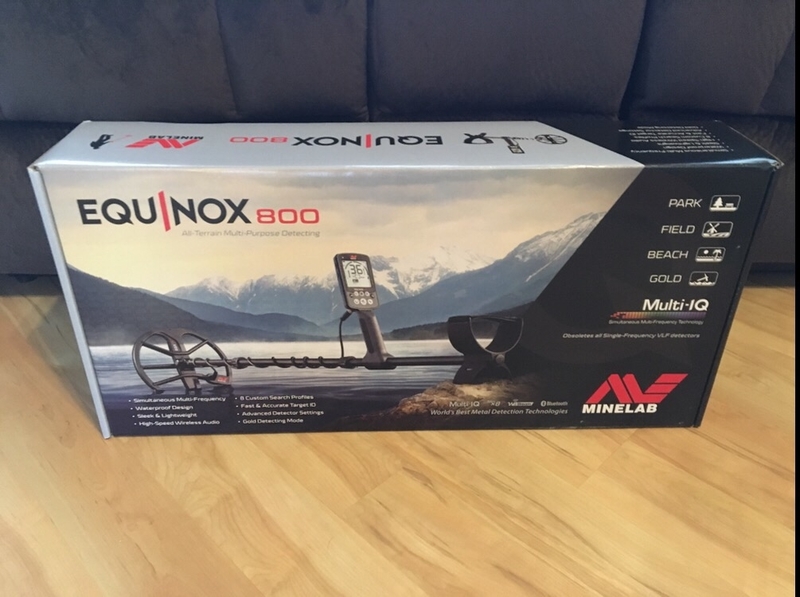
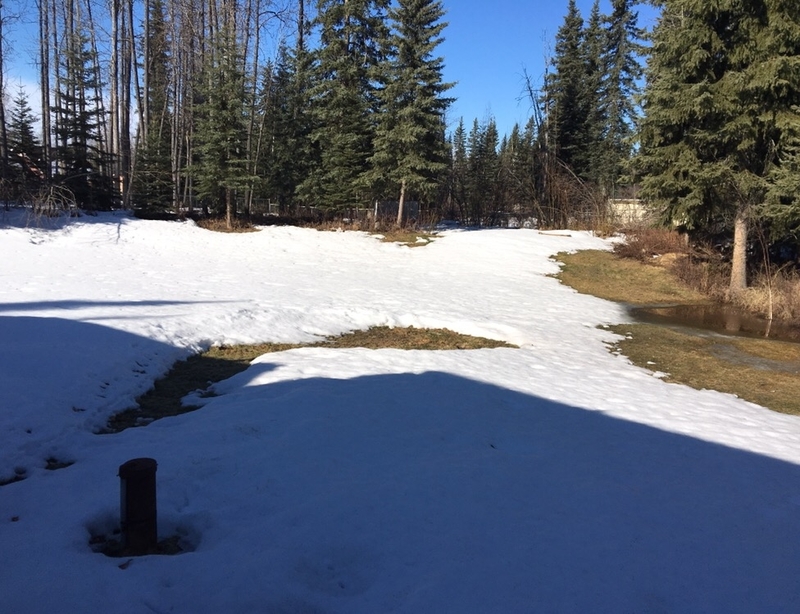


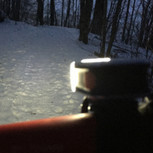






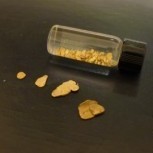
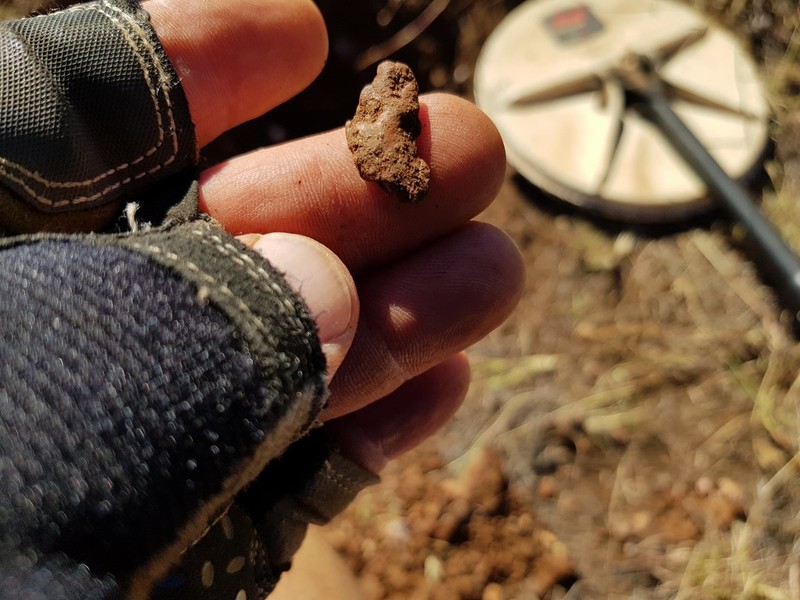
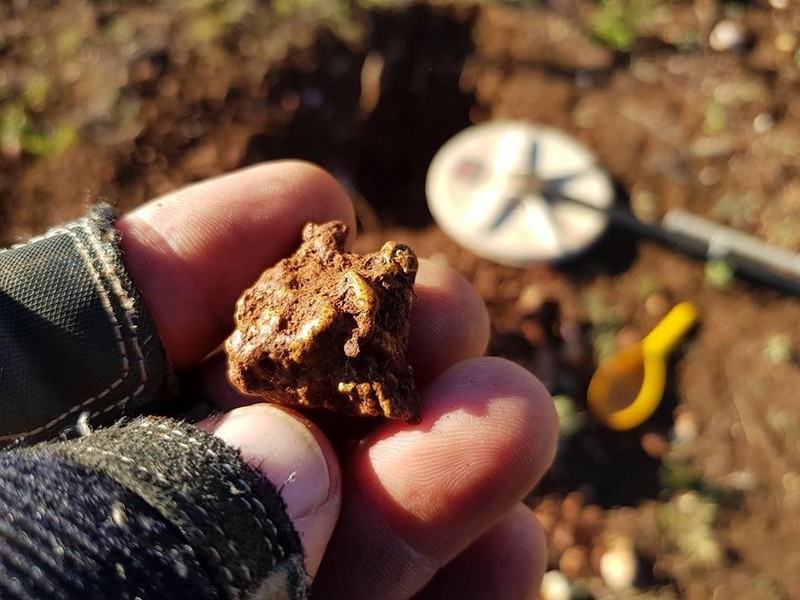
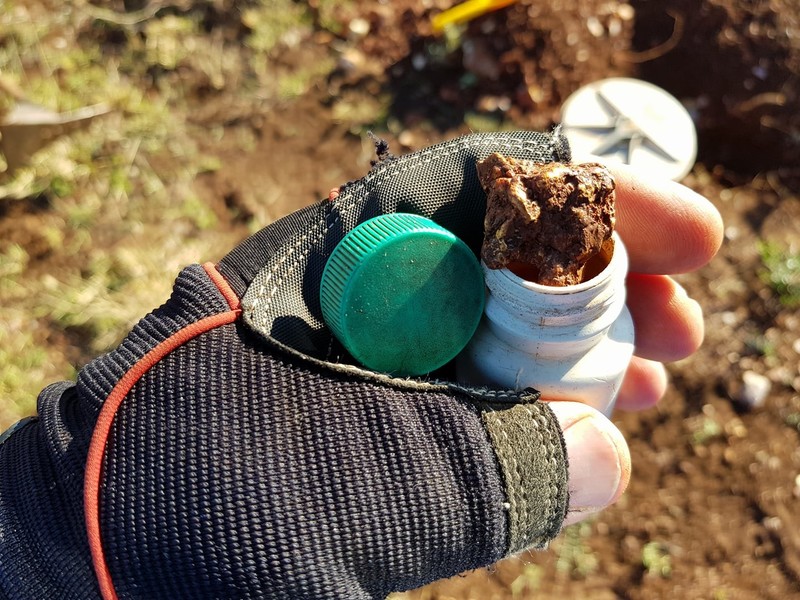
.thumb.jpg.77e4cb5bf39d44bdd2050d2edb7dfdb1.jpg)